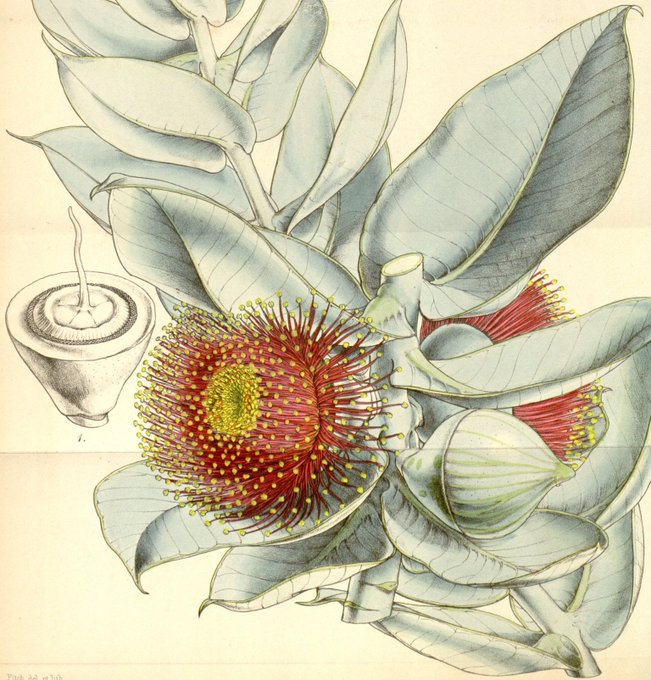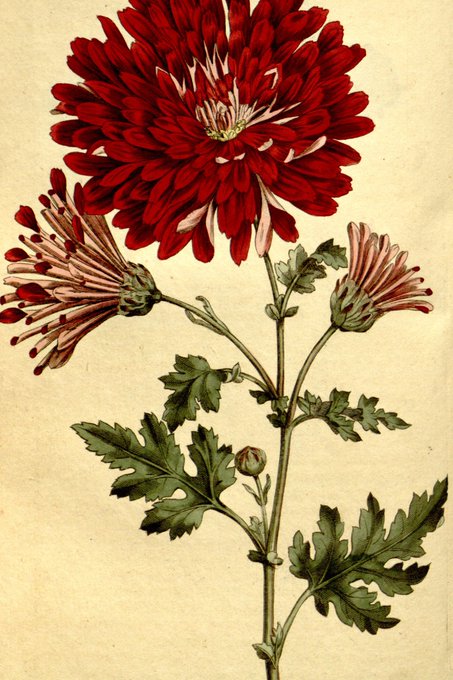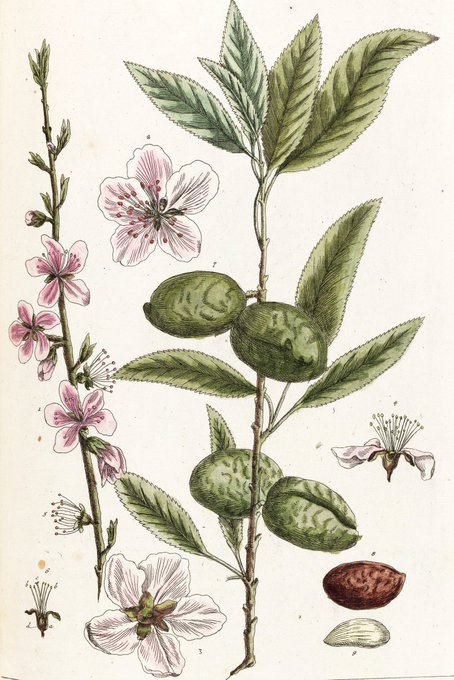plants400のTwitterイラスト検索結果。 15 件
We’re all familiar with stinging nettles (urtica dioica) in the UK, but have you heard of the unrelated rock nettles?
.
Find out more: https://t.co/7eZqoBFXxL
.
.
#Plants400 #oxfordbotanicgarden #botany #herbarium #rocknettle #Loasa
Some species of Eucalyptus have developed woody underground tubers which help the trees regenerate after fire.
Discover more about gum trees, several of which are famously the favourite food of koalas, in this #Plants400 article https://t.co/Fq39TLeeCx
The name ‘Chrysanthemum’ is Greek in origin, chryos meaning ‘gold’ and anthemon meaning ‘flower’.
These autumn-flowering herbaceous perennials are native to China, eastern Asia and north-eastern Europe and are the star of this this week’s #Plants400 https://t.co/H7MhlLCyea
week 351: The elephant apple (Dillenia indica) produces small seeds, which are probably naturally dispersed by large mammals (especially elephants) eating the fruit. Discover more about this evergreen forest tree in this week's #Plants400 https://t.co/UNSZuflytU
The pungency of chillies is due to a specialized metabolite, capsaicin, concentrated in tissues that surround the seeds inside the fruits. Capsaicin content is subjectively measured using Scoville heat units.
Discover more in this #Plants400 https://t.co/j2beyB1P0n
Coconuts are great maritime voyagers. The large, energy-rich fruits are buoyant, salt-tolerant and remain viable for about 110 days. Discover more in this #Plants400 article https://t.co/QEGY2pE0ab
week 335: In 2005, under a Louisianan state law, the cultivation, possession and sale of the entire Erythrina genus was banned, except for ornamental purposes.
Learn why is this week's #Plants400: https://t.co/AjCjbs1rfv
Did you know..? English elm (Ulmus procera), unparalleled as a rot-resistant timber, was highly valued for making water pipes until the advent of metal and plastic ones. #Plants400
Discover more about elm trees and the fungal disease that threatens them: https://t.co/Dd007WK1CI
Jute (Corchorus) originates from the Ganges Delta of Bangladesh and West Bengal and is second only to cotton in terms of global natural fibre production.
Discover more about this versatile plant fibre in this week’s #Plants400
https://t.co/ZEYdynO5wH
This cactus contains the psychoactive alkaloid mescaline. Ingestion of Lophophora williamsii, common name peyote, leads to feelings of extreme nausea followed by hallucinations.
Discover more in this #Plants400 https://t.co/ZFxMPWxNsS
#WednesdayWisdom
Gingerbread is a #Christmas favourite, made using the aromatic, pungent and spicy rhizome (sideways-growing stem) of Zingiber officinale. Ginger has been grown at the Botanic Garden since the late 1780s. Discover more in this #Plants400 article: https://t.co/au8kuuRQKH
Cloves are the dried, unopened, immature flower buds of the aromatic evergreen tree Syzygium aromaticum. The flavour of this popular Christmassy spice is concentrated in oil glands found in many parts of the plant, especially the flower buds. #Plants400
https://t.co/qkGulPPCql
Did you know…? Bitter almonds contain cyanide, which is probably part of the almond’s defence against predators. Consuming a handful of bitter almonds is likely to be fatal to an adult human (sweet almonds only contain a trace of cyanide). https://t.co/0dnmxEqfOO
#Plants400
week 262: Did you know that all parts of the sacred lotus (Nelumbo nucifera) are edible? Discover more about this remarkable plant in this weeks #Plants400 https://t.co/a7mBaB8rTw
Ever noticed that European pears have gritty flesh? The cells of the pear have very thick, hardened walls, which cause the fruit to have a 'gritty' texture. These are known as 'stone cells'. Discover more in this weeks #Plants400 - https://t.co/wWYqA8oosW
#WednesdayWisdom
















